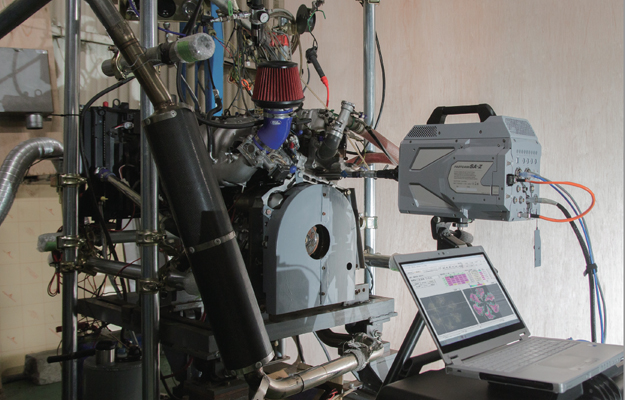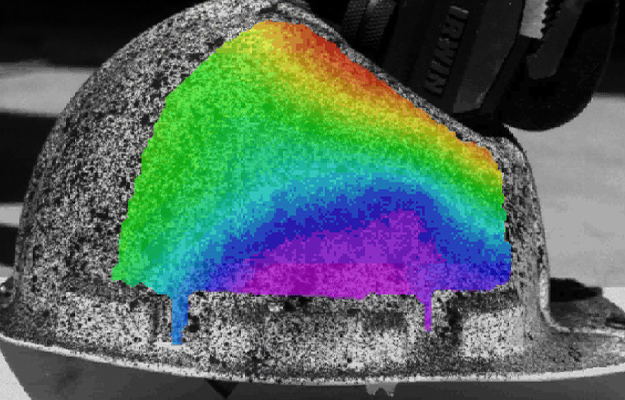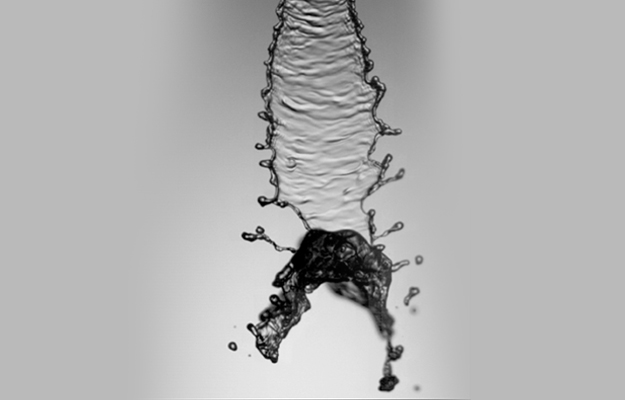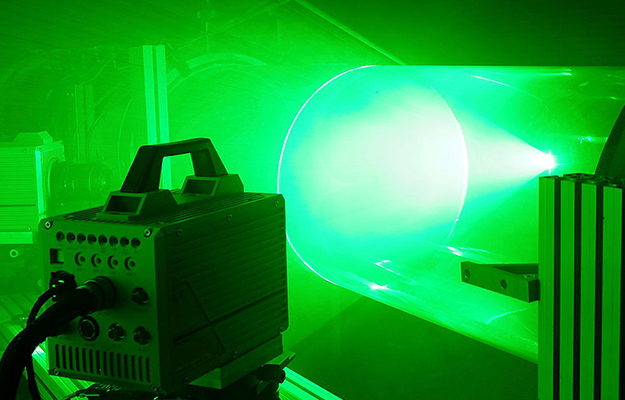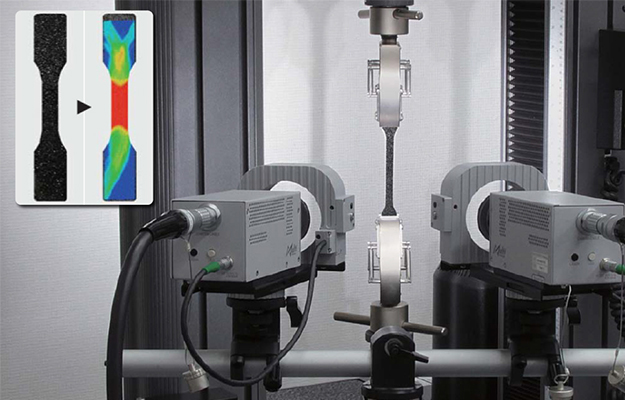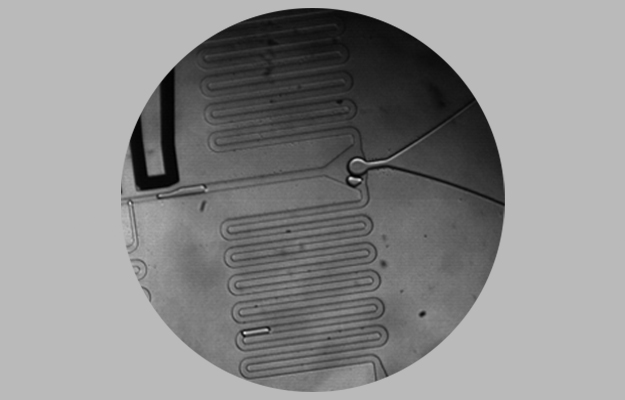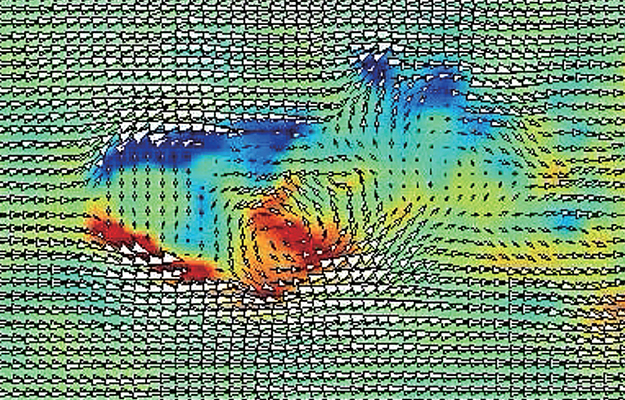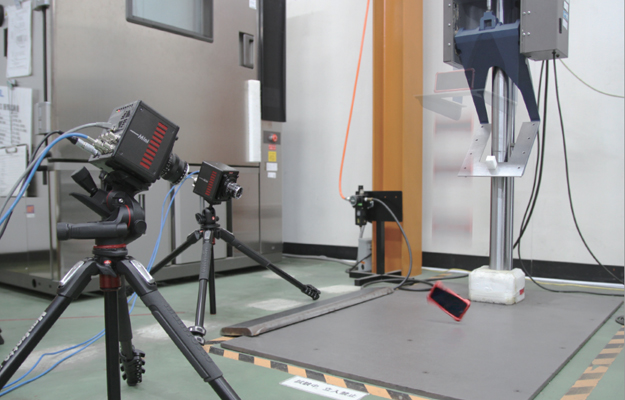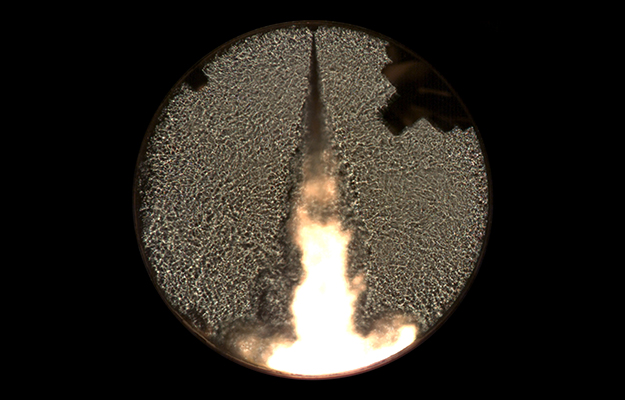Applications and Industries

ACADEMIA
For years high-speed imaging has been used in research laboratories and academic institutions worldwide providing students and faculty with detailed analysis of a wide variety of events. Common applications and techniques in the academic field include, but are not limited to, the use of Digital Image Correlation (DIC), Particle Image Velocimetry (PIV), Microfluidics, Schlieren, Combustion Research and more. To learn more about each application and technique or to find out what type of Photron high-speed camera would be best suited for those applications simply click on the title for each section.
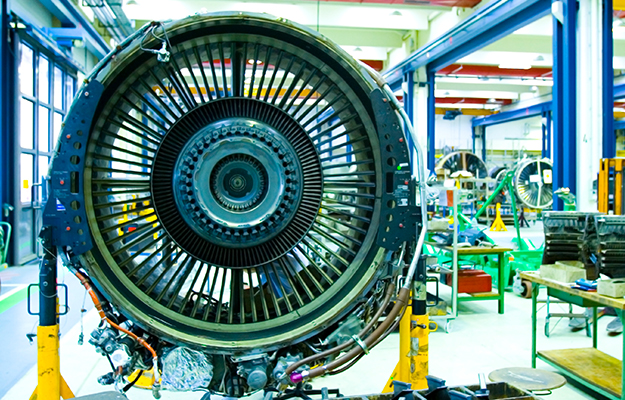
AEROSPACE AND DEFENSE
High-speed imaging has been used in various applications by engineers in the aerospace and defense industries. Photron high-speed cameras facilitate the detailed analysis of projectile flights, missile launches, combustion processes, engine performance, fuselage durability, material strength, flow/particle movement and more. For years high-speed imaging has provided engineers with detailed analysis of such events. There are several companies that manufacture high-speed cameras, so how do you decide which company to buy from and which model of camera to buy? There are several factors to consider, including a cameras frame rate, light sensitivity, minimum exposure time, and of course the cameras body.

AUTOMOTIVE
Photron offers two high-speed camera systems that are intended specifically for automotive safety testing — the FASTCAM Mini CX and the FASTCAM MH6. Both offer outstanding HD 1080 resolution at 1,000fps with industry leading light sensitivity of ISO 5,000 color and ISO 10,000 monochrome.

BIOMECHANICS
Biomechanics is the study of motion, function, and structure of the mechanical form of living organisms. High-speed cameras have been used for years to study the movement of the human body, including how tendons, ligaments, bones, and muscles work together. In sports, biomechanics focuses on the actions of the body and the mastery of individual tasks. For example, performing a squat would include studying the position and movements of a person feet, knees, legs, hips, back, shoulder and even their arms.
COMBUSTION
Combustion research involves the complex study of a chemical reaction between multiple substances. The speed at which the substances combine is very high due to the energy that is generated by the combination of oxygen and heat or flame. The study of combustion is based on the knowledge of chemistry, physics, and mechanics. Combustion research is utilized in a wide range of applications, including engine testing in the automotive industry and in rocket and jet engine testing in the aerospace industry.
DIGITAL IMAGE CORRELATION
Digital Image Correlation, often referred to as DIC, is a 2D or 3D optical tracking technique used to measure deformation, vibration and strain in materials. DIC tracks a gray value pattern in subsets through digital imaging. You will often see this speckled pattern on objects such as aluminum, rubber, glass, and plastics. This technique is used for a variety of tests including torsion, tinsel, bending, or load testing. DIC can be used on very small or large testing areas.
FLUID DYNAMICS
In fluid dynamics, high-speed imaging provides an indispensable tool to measure and to visualize the complex movement of liquids, gases and plasmas in motion. The movement of liquids and gases is generally referred to as flow, a concept that describes how fluids behave and how they interact with their surrounding environment. Flow can be either steady or unsteady, laminar or turbulent. Laminar flows are smoother, while turbulent flows are more unstable. The study of liquid flow is called hydrodynamics. While liquids comprise of a variety of substances including oils and chemicals, the most common liquid is water. Most applications for hydrodynamics involve managing the flow of these types of liquids.
LASER ILLUMINATION
The short pulse widths, narrow spectral range and high light intensity offered by laser light sources provides the opportunity for unique imaging techniques when combined with high-speed cameras. To achieve good quality images equal consideration should be given to the illumination source as to the camera resolution and sensitivity. If you have an incorrectly lit subject the resulting image will always be poor. There are a wide range of light sources suitable for most high-speed imaging applications; however, some applications may require something utilizing a laser. For example, laser illumination would help eliminate excessive motion blur.
MATERIALS TESTING
Organizations and consumers place their trust in various materials every day. Throughout every major industry, engineers need to be assured that the materials used in manufacturing their products or equipment are up to their intended task. Therefore, they must actively and diligently verify that the manufacturing processes will perform to expectations. Materials testing is a highly precise technique that measures the characteristics of materials, such as mechanical properties, elemental composition, corrosion resistance and the effects of heat treatments. Most testing is performed on metallic materials, composites, ceramics and polymers.
MICROFLUIDICS
Microfluidics is the science of manipulating and controlling fluids through micro-channels. This type of research requires microminiaturized devices that contain chambers through which fluids flow or are confined. A microfluidic chip enables fluids, down to femtoliters (fL), to be transported, mixed, separated, processed or visualized. Fluids behave differently on a micrometric scale than they do in a normal environment, these unique behaviors are important for scientific research and detailed experiments.
PARTICLE IMAGE VELOCIMETRY
Particle Image Velocimetry, otherwise known as PIV, is an optical method widely used in flow visualization and fluid dynamics research. PIV provides detailed measurements of velocities, vectors and related properties in fluids.
R&D
New product design and development is a crucial factor in the success of any organization. The utilization of new and innovative materials and processes requires a complete understanding of events that are too fast for the eye to see. High-speed imaging allows engineers and scientists to visualize, measure and characterize complex industrial processes and experimental scientific research.
SCHLIEREN
Schlieren imaging is used as a means of visualizing changes in pressure, temperature and shock waves in a transparent medium such as air. In applications such as wind-tunnels and pressure chambers schlieren imaging provides clear and detailed information on changes of pressure and density.

